by Al Hemingway
He suffered from acute alcoholism and severe bouts of depression. As a result of his heavy drinking, he would wander about for days yelling incoherently. His bizarre actions produced momentary fits of rage that resulted in his throwing a Japanese man down a flight of stairs and punching a hole in his hotel room wall.
Lieutenant Colonel Earl Hancock “Pete” Ellis, however, was a military genius. It was he who foresaw the growing Japanese threat in the Pacific and wrote about the island-hopping campaign that the Marine Corps needed if it was to defeat them. And of all of this occurred more than two decades before it actually happened.
Pete Ellis: Prophet of Amphibious Warfare
“Pete” Ellis was born in Iuka, Kansas, in 1880. After enlisting in the Marine Corps in Chicago in 1900, he was commissioned a second lieutenant in 1901. Ellis attended the Naval War College in Newport, Rhode Island, from 1911 until 1913. The Marine Corps Commandant, Brig. Gen. Charles Haywood, agreed with the General Board of the Navy in 1900 that the mission of the Marines was to secure advance bases for its landing forces. Ellis concurred as well. But it was he who perfected the concept of amphibious warfare. While at the War College, he wrote a number of essays on this subject.
When he was stationed on Guam in 1915, Ellis and a party of other leathernecks transported a 3-inch artillery piece across the reef to Orote Point on the island. It was the first time that a large cannon was taken ashore from a naval ship.
World War I interrupted Ellis’s advance base theory. He served in France under the legendary General John A. LeJeune. His planning abilities were put to the test when he devised a strategy for the Marines to capture Mont Blanc Ridge. The operation was a resounding success. For his extraordinary efforts, Ellis would be awarded a Navy Cross and French Croix de Guerre.
After the conflict ended in November 1918, Ellis was sent to the Operations and Training Division by the new commandant, Maj. Gen. LeJeune, who had seen Ellis’s potential when he served under him in France. It was here that the brilliant Ellis wrote his masterpiece: Operations Plan 712-H: Advanced Base Operations in Micronesia (an island group in the North Pacific Ocean) in 1921.
In his work, the former farm boy accurately predicted that the United States would fight a major war with the Japanese Empire. In their book Pete Ellis: An Amphibious Warfare Prophet, Dirk A. Ballendorf and Merrill L. Bartlett wrote, “Ellis predicted three phases in such a naval campaign: first, the reduction of the Marshalls; second, seizing of the Carolines as far west as Yap; and third, the taking of the remainder of the Carolines, including the Palaus.”
It was as if Ellis had peered into a crystal ball and watched the Marines storm the beaches at Guadalcanal, Tarawa, Guam, and Iwo Jima. He said that the naval service needed a better base than Guam and suggested Hawaii (Pearl Harbor soon followed). He said pre-invasion bombardment from the fleet was essential to the success of the landings. Ellis’s paper catapulted him into the forefront of Navy/Marine Corps strategy for the future. It was a “radical departure from accepted doctrine.”
Confused and Disturbed
A dark cloud hung over his rising fame, however; Ellis experienced nervous breakdowns and severe bouts of depression, which at that time were described by the medical community with such terms as “neurasthenia” or “psychosthenia.”
Also, Ellis was an alcoholic, and his conditioned worsened as the years passed. His hospital stays became more numerous and lengthy as well. Due to the camaraderie among Marine officers during this period, people with drinking problems like Ellis’s were protected. Alcoholism was not considered a disease as it is today, and it was largely overlooked. No doubt LeJeune knew of Ellis’s heavy drinking but obviously chose to ignore it and keep him in long-range strategic planning.
“Graphologists analyzing Ellis’s handwriting at different stages in his life have also called attention to evidences of confusion and disturbance,” wrote Dr. Dirk Anthony Ballendorf, Director of the Micronesian Area Research Center at the University of Guam. “[He was always] fighting an inner battle with himself. Possibly his motivation for joining the Marines had something to do with trying to resolve inner conflicts and feelings of inadequacy…. [H]e always strove to excel.”
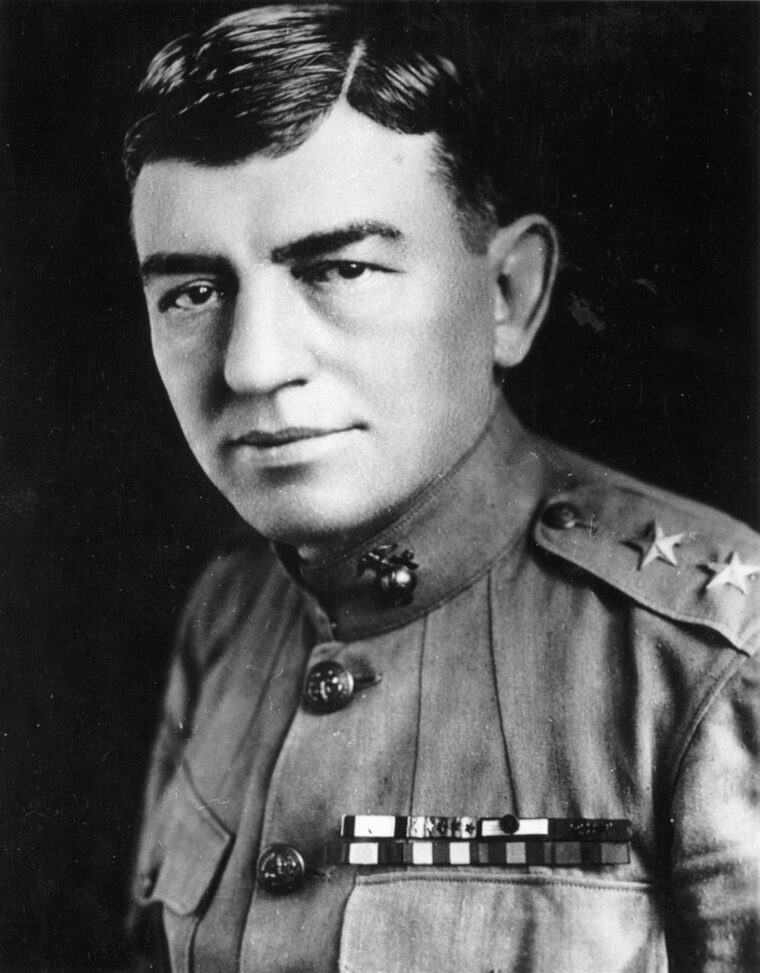
A Long Leave of Absence
Ellis’s work, however, would soon propel him into another field and cause him to embark on a strange trip—a journey that remains surrounded by controversy to this day.
When World War I began, Japan took possession of Micronesia from the Germans after signing a treaty with Great Britain that would have them “chase the German fleet out of the Pacific if war broke out in Europe.” When hostilities did begin, the Japanese moved quickly to acquire all German territory north of the equator. When the war was over, the Japanese gained the territories under a mandate that said no military installations would be constructed, and that Japan had to join the newly formed League of Nations.
The Japanese agreed to all the terms of the Treaty of Versailles but promptly “denied access to foreigners in Micronesia.” This action aroused the suspicions of the United States. What were the Japanese up to? Were they building fortifications for use in the event of war?
During the early 1920s, the only way to obtain this type of information was by firsthand accounts. Someone had to be on the scene to get data on Japanese activity in the Pacific, and human intelligence was the key.
Enter Pete Ellis. Little is known of the secret meetings LeJeune and Ellis must have held. Certainly Ellis’s drinking and deteriorating physical condition must have been discussed at great length. Despite all his shortcomings, Ellis convinced LeJeune to allow him to undertake the mission.
Soon after, at the behest of LeJeune and the Office of Naval Intelligence (ONI), and under a cloud of secrecy, the moody Pete Ellis gave the commandant an undated letter of resignation (so as not to embarrass the Marine Corps, it was later learned) and took a long leave of absence.
A Mission Doomed for Failure
First, all monies needed for the trip were deposited in his personal bank account. Under the guise of posing as a buyer of copra (dried coconuts) for the Hughes Trading Company out of New York City, the intrepid Ellis set sail in August 1921 for Micronesia. He carried with him maps, charts, and navigational and confidential notebooks. All of this was without the official sanction of the Marine Corps and the ONI. If Ellis failed, he was on his own.
Ellis arrived in San Francisco in August 1921 and boarded the liner SS Maheno for the first leg of his journey. He made stops in Australia, Samoa, and Fiji. He procured a visa to visit the Japanese islands, then headed for the Philippines.
From the outset, the mission was doomed to failure. Ellis’s drinking soon landed him in the hospital in Yokohama. While in a drunken delirium, he blurted to the head of the naval hospital, Commander Ulys R. Webb, that he was on a secret mission. For the next several months Ellis was a familiar sight at the hospital. In mid-September he entered the medical facility for “delirium tremens and hallucinations.”
Webb ordered Chief Pharmacist Mate Lawrence Zembisch to attend to Ellis and report to the Naval attaché at the U.S. Embassy, Captain Lyman A. Cotton, on his condition. When Ellis became well enough to travel, Cotton and Webb told him to return to the United States.
If he returned, Ellis would be dishonored and forced to retire. Instead, embarrassed by his actions, he decided on another course of action. He withdrew all his money from a bank account he had established in New York and left the hospital on October 4, 1922, severing all ties with the military. In essence, he was absent without leave. Ellis must have realized that his excessive drinking would soon kill him, and he wanted to gain as much knowledge of the islands as he could and get the information back to LeJeune.
Ellis traveled extensively in Micronesia, visiting as many islands as possible—Saipan, Yap, Koror, Truk, and Pohnpei. On Palau, one islander recalled how he “sought out the high places and looked out over the sea.” All the time, he took meticulous notes of his findings. He was also followed by the local authorities who then reported directly to the Japanese. They kept a watchful eye on the prying American’s movements.

The Death of Pete Ellis
Unfortunately, Ellis’s drinking was in fact his demise. In late 1922, he was looked after by a U.S. missionary named “Mother” Jesse Rebecca Hoppin, whom the islanders respected tremendously, on Jaluit in the Marshall Islands. It was a full-time job, she learned, trying to keep Ellis from purchasing liquor from the island merchants. “Mother” Hoppin reprimanded them, but Ellis somehow managed to secure whiskey, which he kept hidden from her.
While Ellis was recuperating on Jaluit, his houseboy, Benjamin Lajipun, also became his guide, taking him all over the island. Whenever one of the tiny sailing vessels was scheduled to make a run delivering supplies, the always curious Marine officer also made the journey. He observed and documented in his journal the extent of reefs, the size and population of the various islands, and any buildings and structures he saw there. Observing his keen interest, the Japanese police shadowed him even more closely.
Periodically, Ellis gave letters, presumably explaining his whereabouts, to individuals returning to the United States. One such dispatch he gave to Victor Hermann in March 1923 with instructions to mail it once he reached America. He confided in Hermann and informed him that he would “then go southward to Menado” in the Celebes.
On Koror, Ellis was looked after by his Palauan wife, a beautiful woman named Metauie, who was 25 years his junior. He became violently sick and lapsed into periods of babbling about his “secret mission,” refusing all medical aid. Then on the afternoon of May 12, 1923, he suddenly died. He was 43.
The Japanese authorities didn’t report Ellis’s death for a week. The Japanese apparently confiscated all his notes, charts, and codebooks.
When reports of Ellis’s demise reached Washington, his fellow Marines were both shocked and suspicious. LeJeune was deeply distraught by his friend’s death. He wrote condolence letters to the Ellis family and disregarded his undated resignation letter. ONI officers questioned Victor Hermann, one of the last Americans to see him alive. He, however, had no intimate knowledge of Ellis’s death. Soon, Ellis and his mission faded from public view.
Rumors have circulated that the Japanese poisoned Ellis. Ballendorf and Bartlett, who interviewed people who knew him while he was on Palau, found no evidence of any wrongdoing. If anyone poisoned Ellis, it was Ellis himself with his overindulgence in alcohol. Despite their findings, the rumors persist to this day.
Investigating Ellis’s Death
In Japan, the U.S. naval attaché, Captain Cotton, under the pretense of obtaining Ellis’s remains, sought more information. He sent Ellis’s watchdog, Chief Pharmacist Zembisch, to garner any additional facts on Koror. While there, Zembisch talked to all who knew Ellis. The Marine officer’s remains were exhumed and cremated for their return to Japan.
Upon Zembisch’s arrival in Yokohama, a strange event occurred. He had to be carried off the ship and taken to a hospital. It appeared that he had had a nervous breakdown due to the rigorous trip. Unfortunately, while his condition was improving, a catastrophic earthquake struck on September 1, 1923, killing Zembisch and further shrouding the mysterious Ellis mission in mystery.
Ellis’s “amateurish” attempt to play spy and find out what the Japanese were planning in Micronesia failed miserably. Unknown to the Americans, the Japanese probably did not begin to fortify the islands until 1935. Ellis’s snooping turned up no concrete evidence that the building of military bases began any earlier. If he did, the evidence was lost or destroyed by the Japanese.
“But Ellis’ belief in, and commitment to, his cause is undeniable and borne out, albeit tragically, by his experience,” wrote Ballendorf in 2002. “Ellis’ war prophecies have outlived the mystery of his mission. Although he was by no means alone in recognizing that the balance of power in the Pacific had shifted with Japan’s acquisition of Micronesia, his unique contribution was that he knew what the Marine Corps should do about the threat, and he acted on that belief.”
Al Hemingway is a U.S. Marine Corps veteran of the Vietnam War. He has written numerous articles for WW II History.

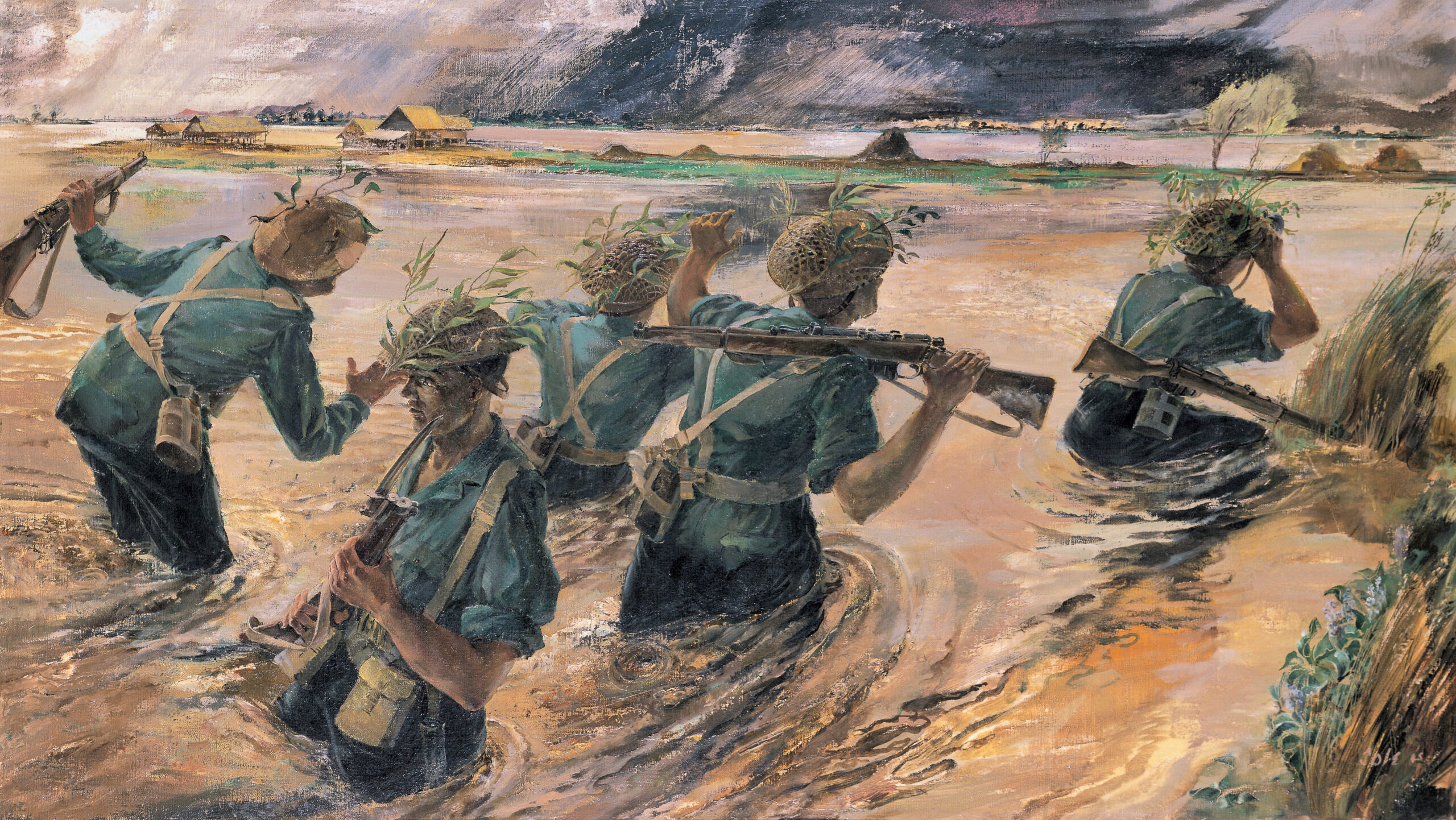
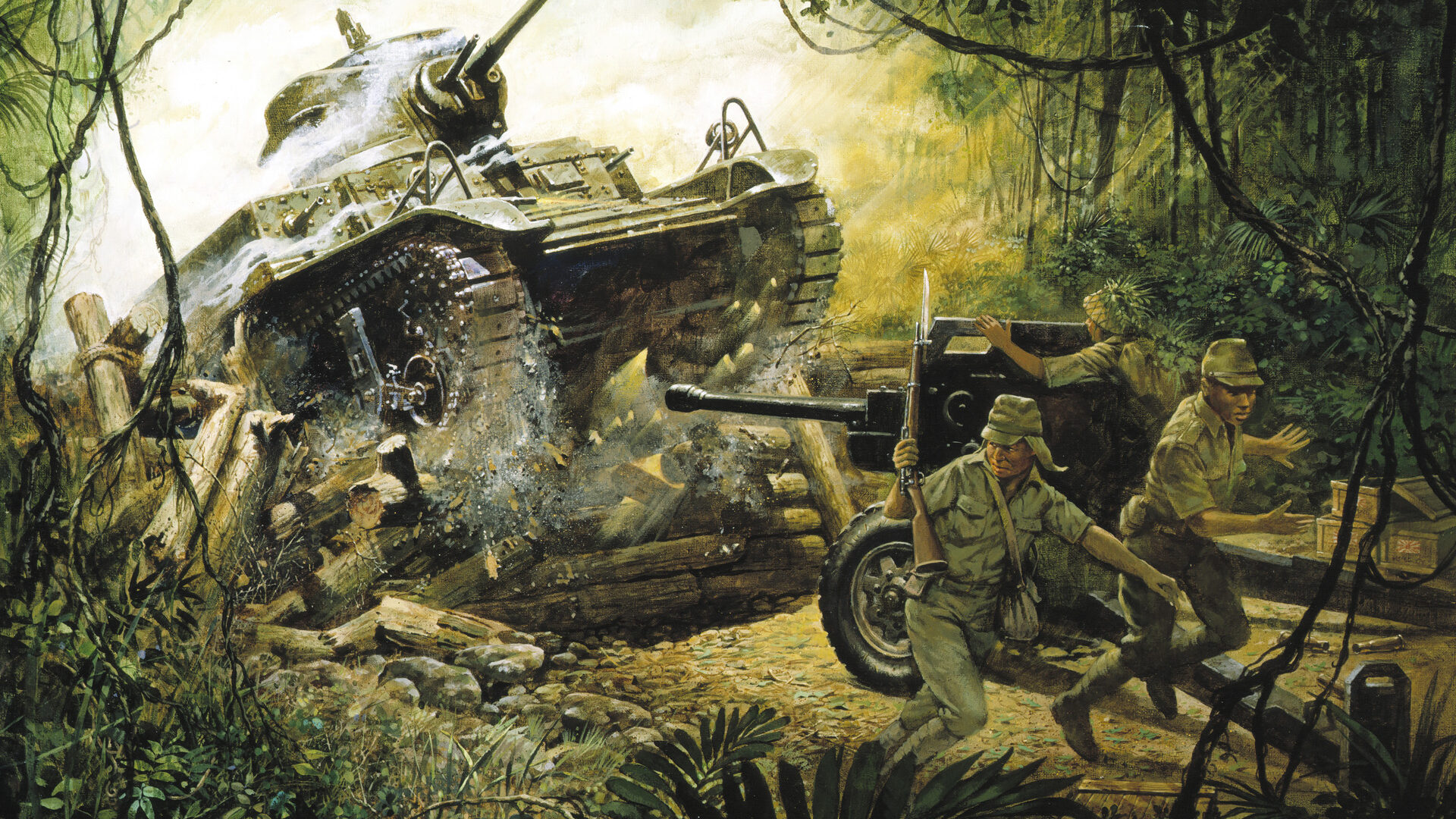
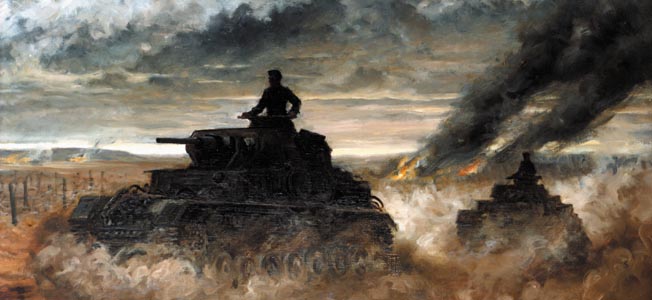
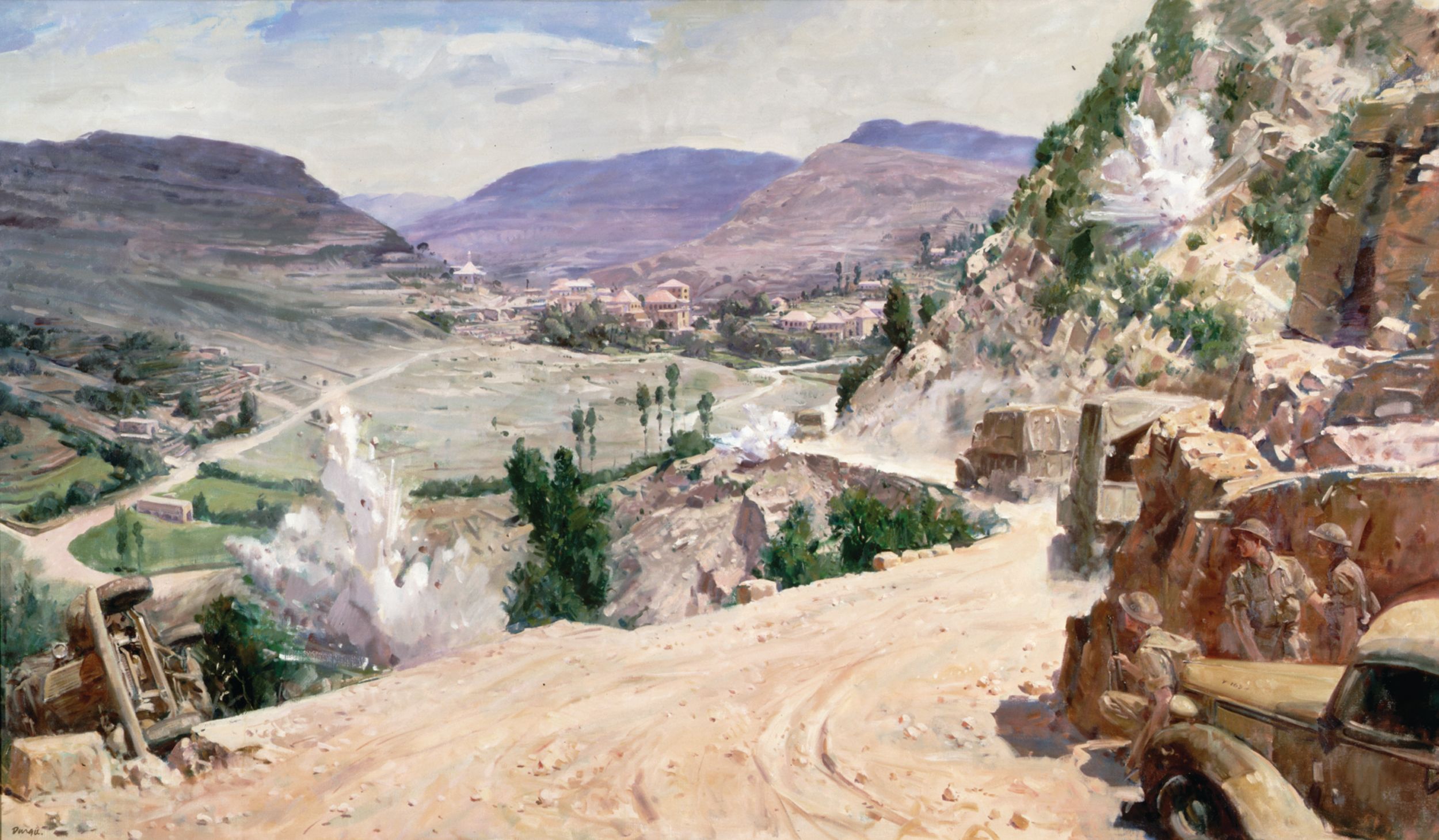
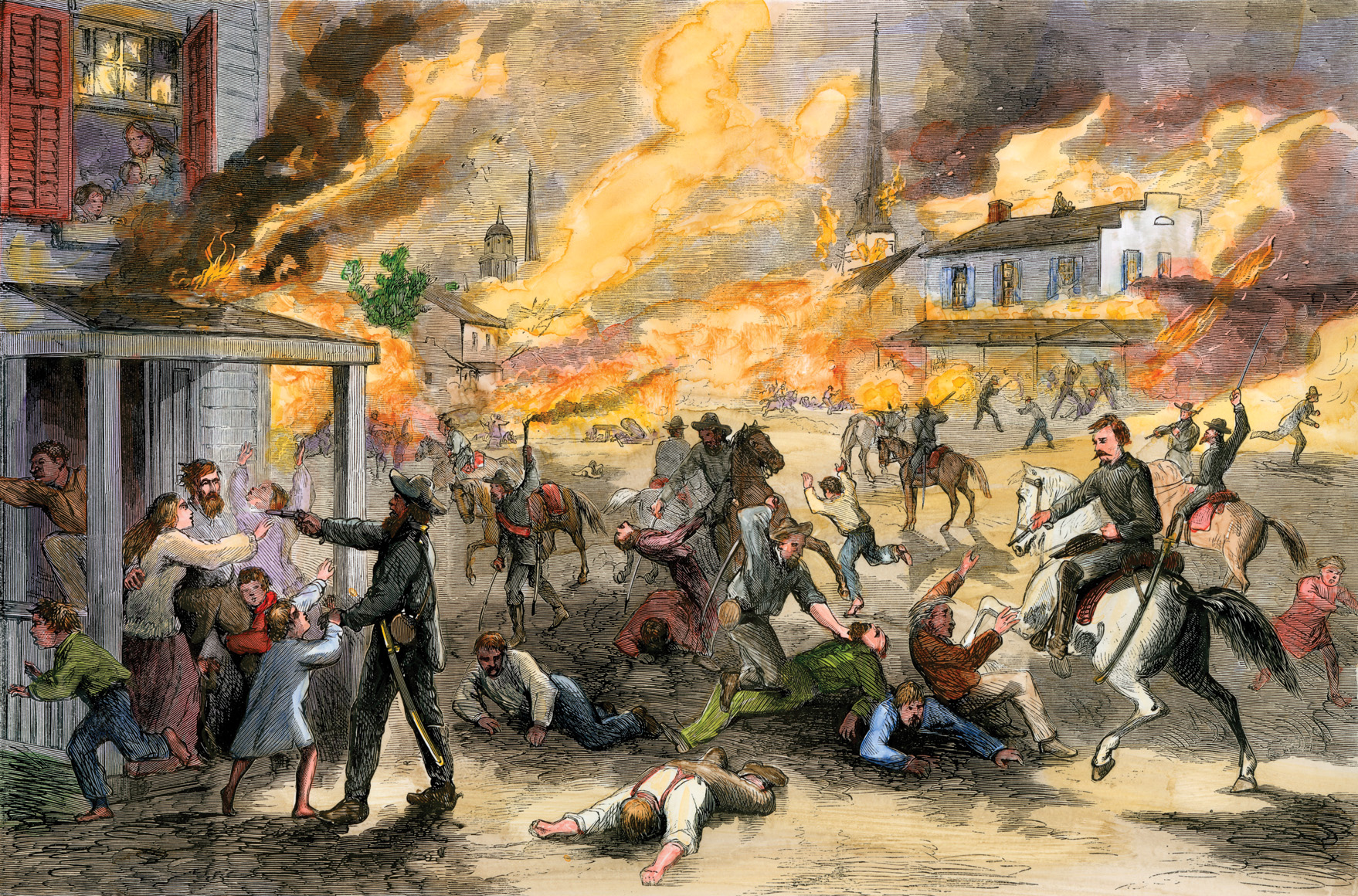
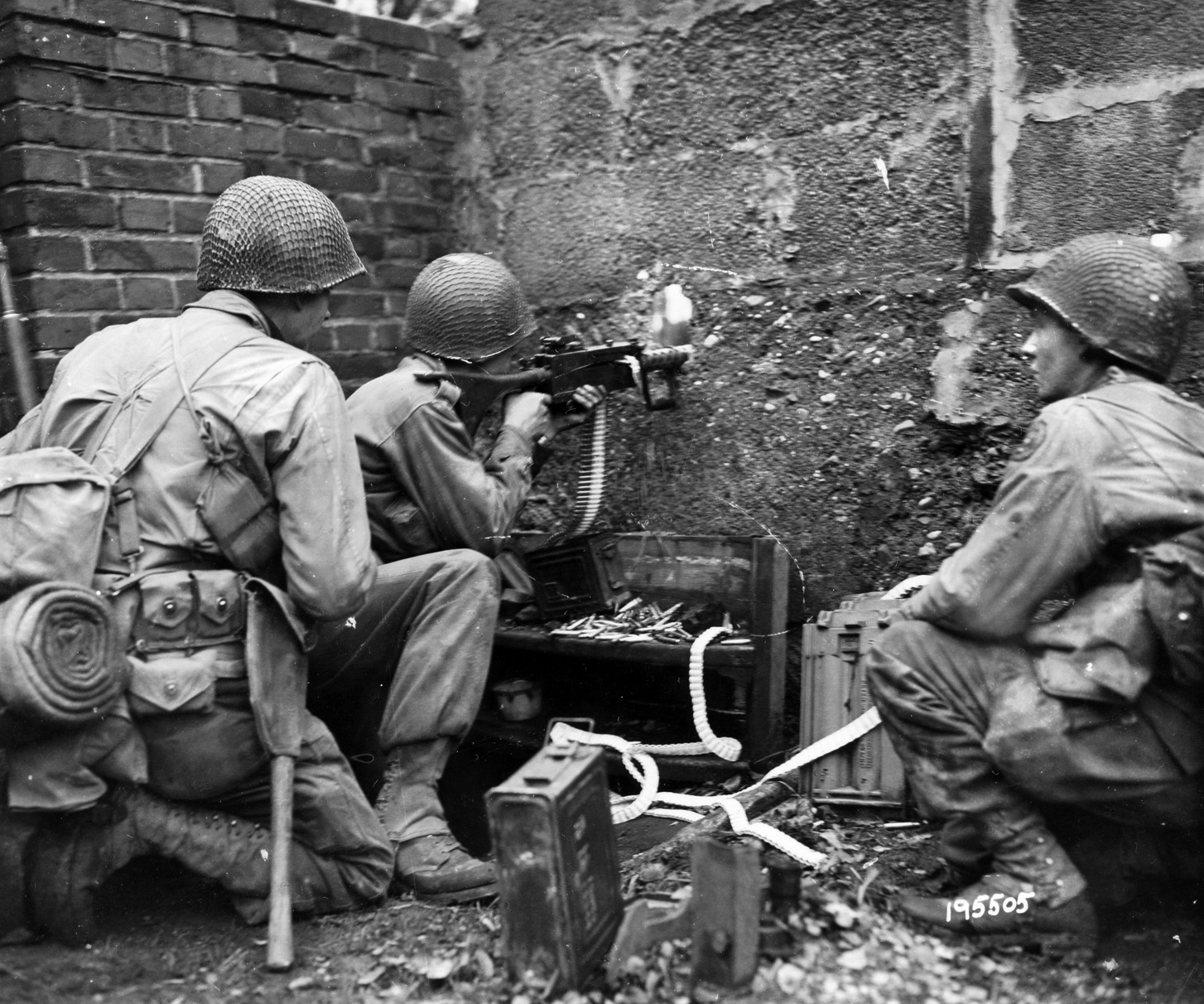
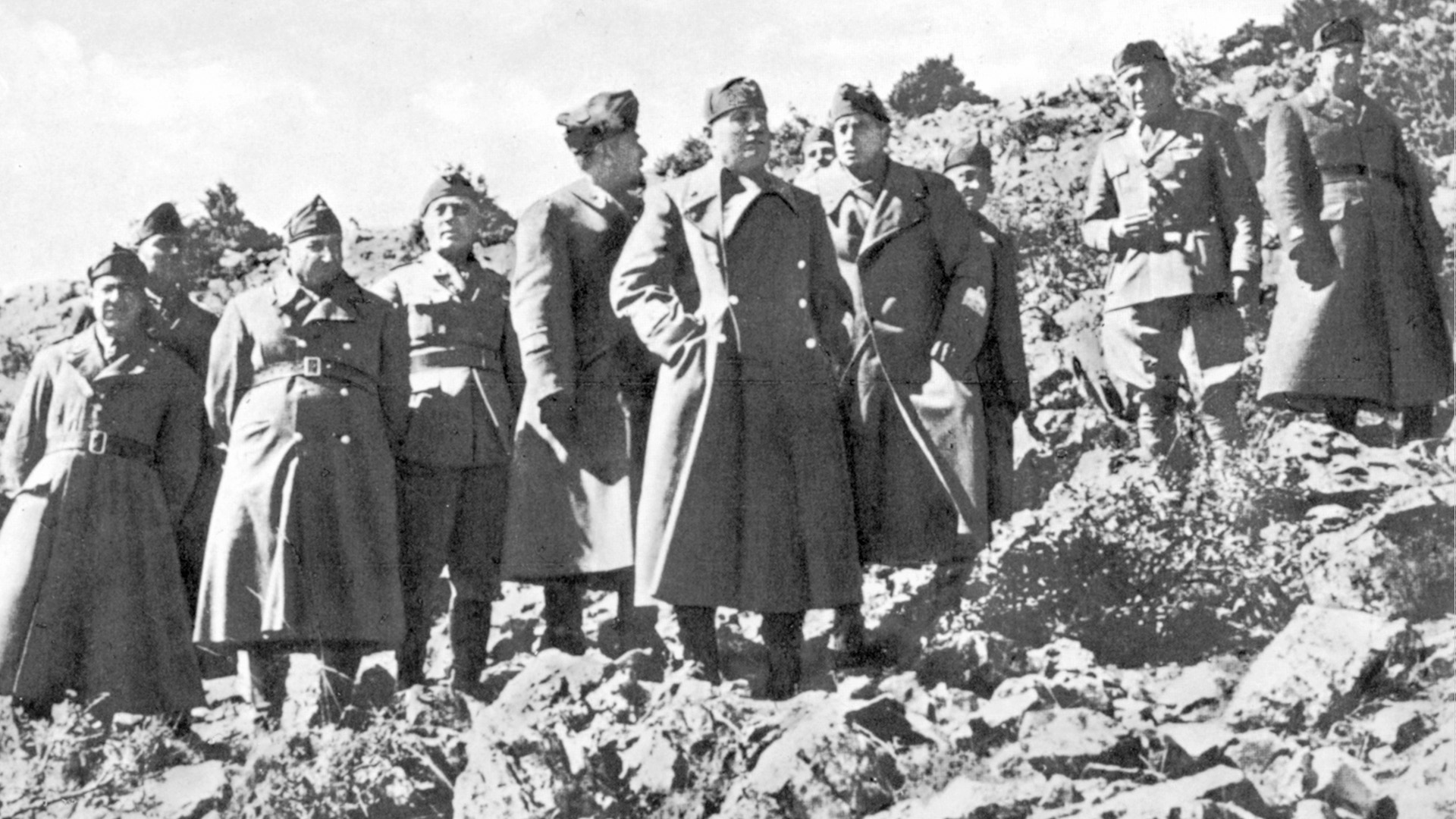
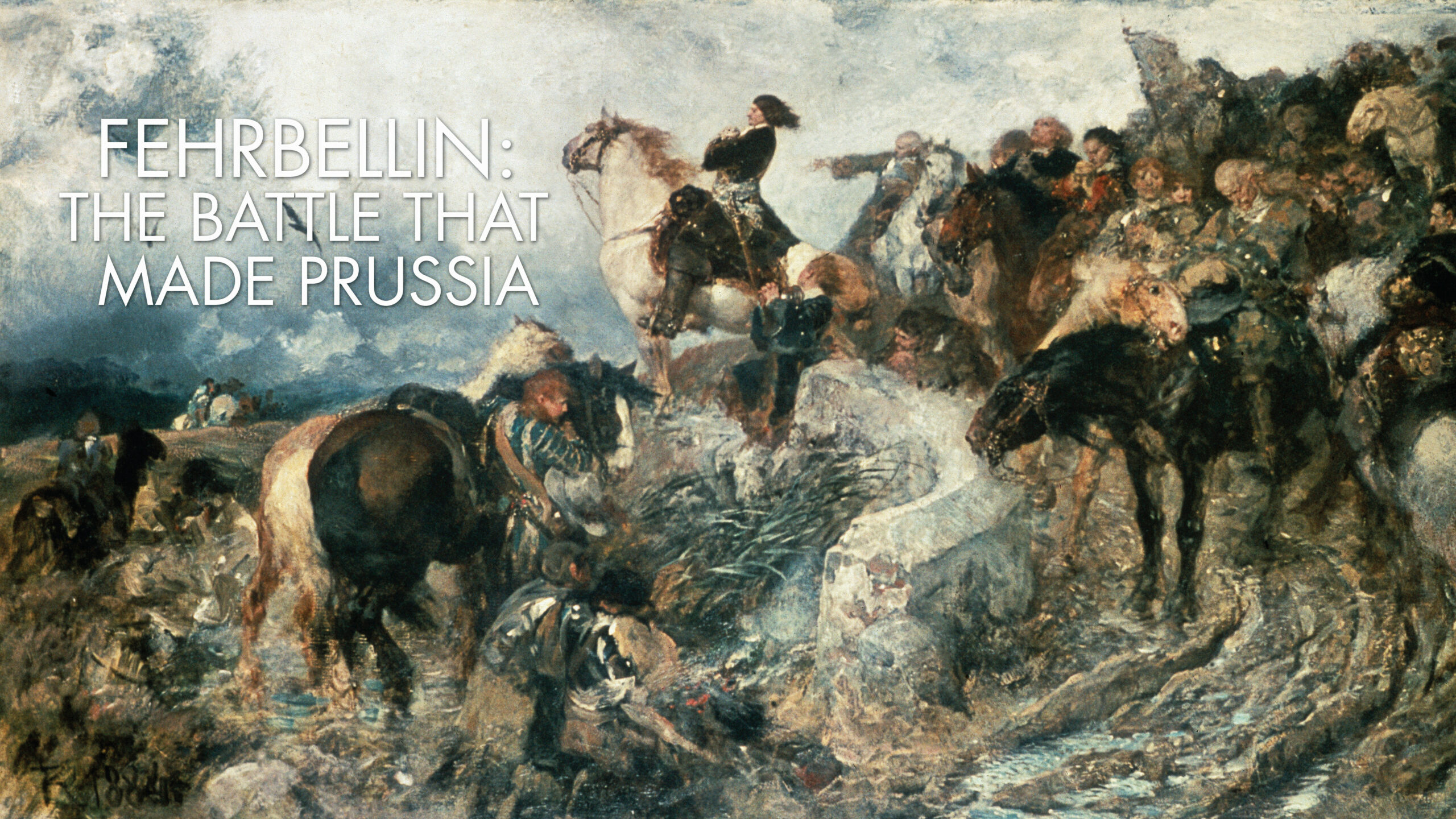
Join The Conversation
Comments
View All Comments